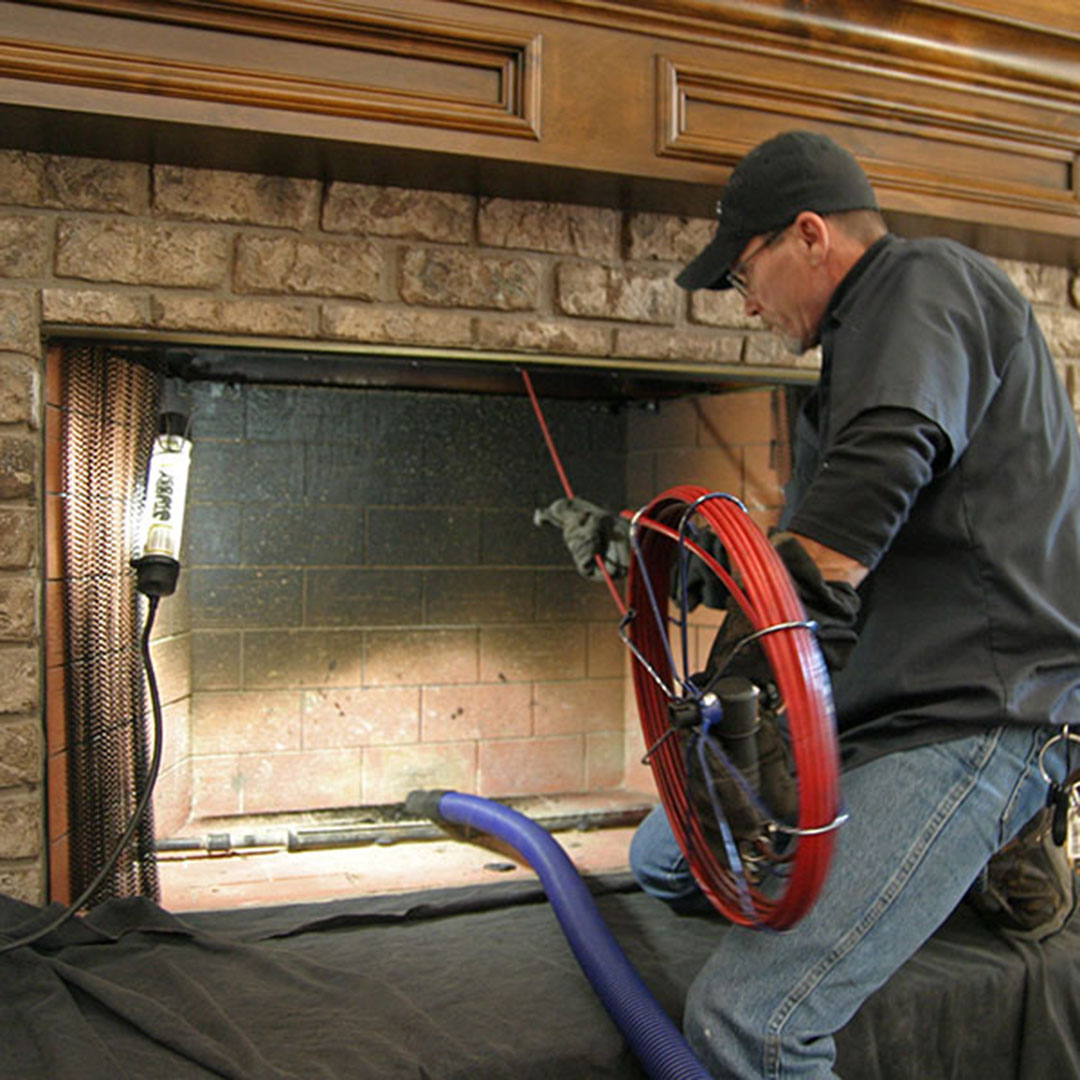What You Need to Know About Chimney Inspections
Having your chimney inspected regularly shouldn’t be considered an option. Too many things can go wrong with a chimney system to take the risk of scheduling an inspection “whenever you happen to think about it.”
Guardian Chimney Sweep of Houston, Texas, would like to cover a couple of the key reasons your chimney inspections should happen according to a schedule that you and your chimney technician develop.
 How often do I need a chimney inspection?
How often do I need a chimney inspection?
Each chimney and fireplace system is different, so there’s no single correct answer to this question. Once a year is a good rule of thumb, as long as everything is running like it should with no indications of damage or malfunction.
If a chimney suffers damage, say, from a lightning strike, a chimney fire, or hurricane-force winds, it obviously needs to be looked at right after the event.
What will a chimney inspection do for me?
Licensed chimney inspectors with training and experience know how to look for problems within your chimney system that you normally wouldn’t be able to spot. Probably the most important value of a chimney inspection is that it can catch early signs of trouble before the trouble grows into a dangerous and expensive problem.
Types of chimney inspections
There are three levels of chimney inspection, as recognized by the Chimney Safety Institute of America (CSIA) and used throughout the industry:
Level 1:
The basic inspection covers all readily accessible parts of your chimney system.
Level 2:
A more involved inspection that uses video imaging. Level 2 inspections are needed when:
- The home is being sold
- A chimney fire or other event is thought to have damaged something
- You’re altering the system, such as by adding a gas fireplace insert to a wood-burning masonry fireplace
Level 3:
An inspection performed when severe chimney damage is known to exist. This inspection often involves the removal of parts of the chimney structure and home-building materials near the chimney.
What a chimney inspection looks at
The regularly scheduled chimney inspection covers a lot of ground. It usually includes the following:
Chimney cap
Your inspector will make sure your chimney cap is secure, free of damage, and able to keep water and debris out of your flue.
Chimney crown
Concrete chimney crowns can crack and eventually allow water to seep in and cause widespread damage. The inspection will check the condition of the chimney crown.
Obstructions in the flue
There are two types of obstructions inside a chimney flue that can lead to problems:
- Built-up creosote: This substance is the byproduct of smoke condensation and is responsible for most chimney fires.
- Outside debris: This can include animals, animal nests, leaves, twigs, and other debris that block the draft and send smoke and deadly carbon monoxide back into your home.
Masonry
Your inspector will look for cracks and crumbling in the chimney’s bricks and mortar. Masonry compromises can lead to water intrusion, structural failure, and other serious problems.
Chimney flashing
The flashing that seals the gap between your chimney and roof must be secure to prevent water from draining down into unseen areas of your home.

Chimney liner
Some inspections may include a video capture of your chimney liner to ensure that it’s not broken or cracked. A damaged liner will allow intense heat, flames, and carbon monoxide to escape.
Is it time for your next chimney inspection?
Homeowners insurance often won’t cover chimney damage if the chimney hasn’t received regular professional inspections. Don’t end up with this problem. Call Guardian Chimney Sweep to ensure that your chimney works safely and efficiently all year long.
Reach a chimney expert at (888) 306-6069 or get in touch with our handy contact form.

 Tap to Call Now
Tap to Call Now